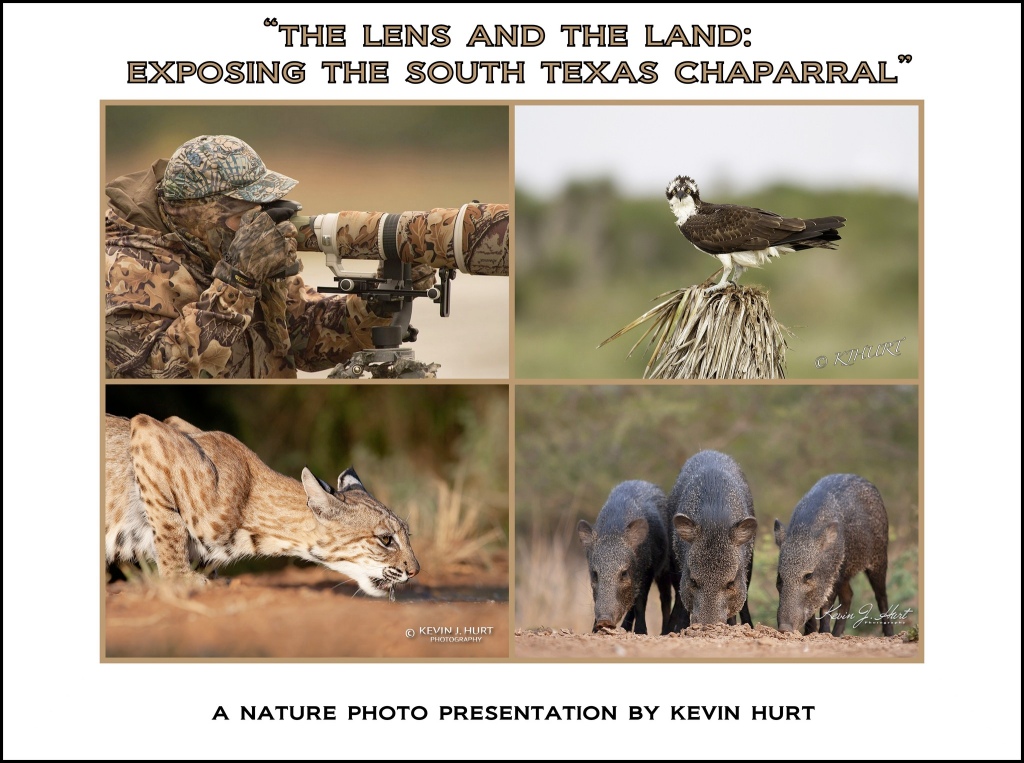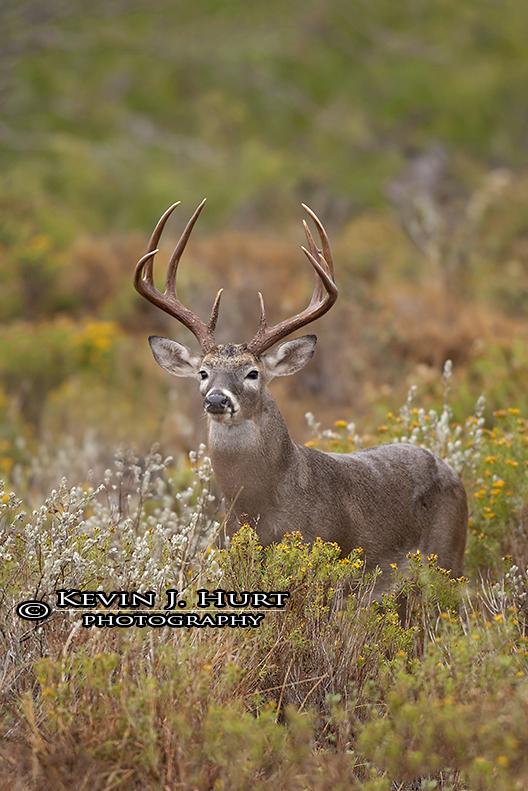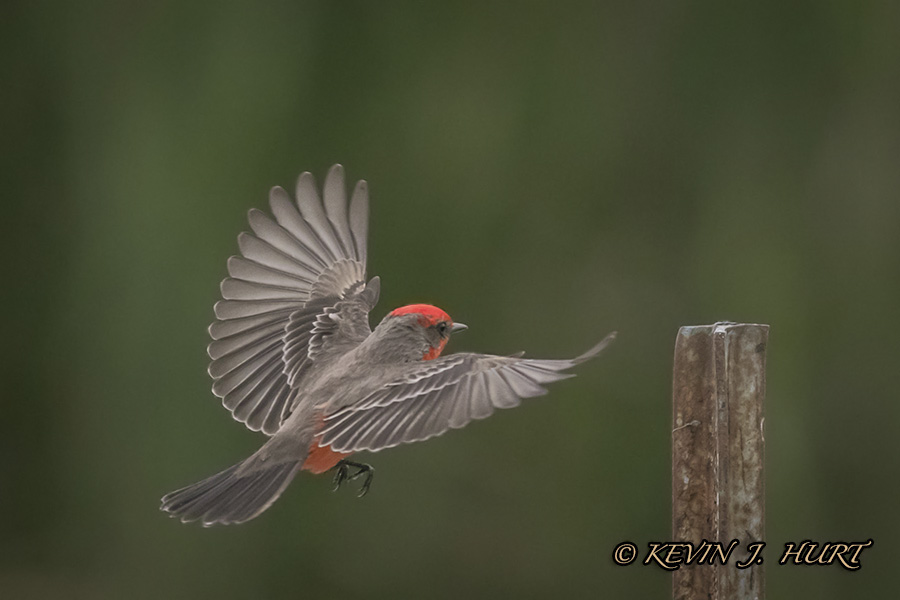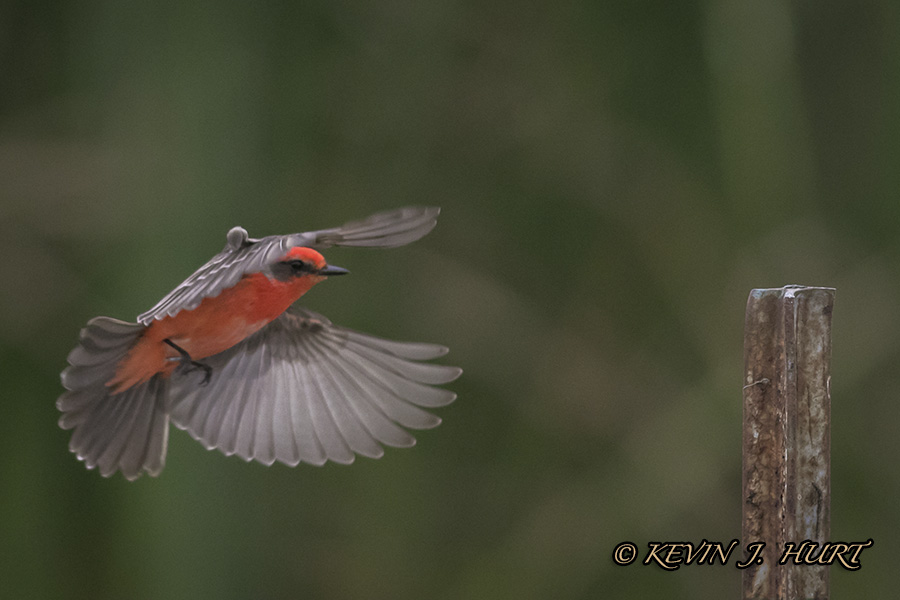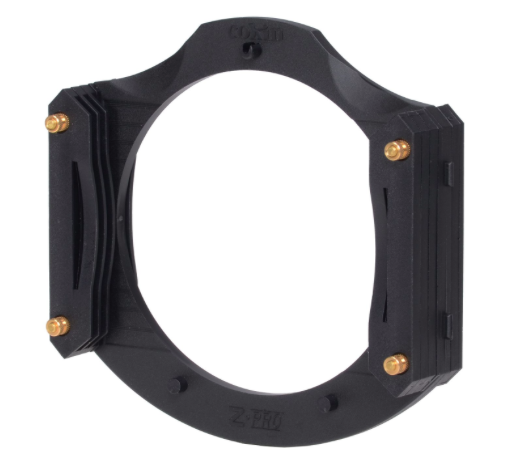Recently, I added a page on my blog for “Gear Recommendations” and there is a wealth of information there about Canon camera bodies, lenses, accessories, and miscellaneous items people may need and perhaps have not considered (Nikon offers similar equivalent options). However, I knew I would get a question about my recommendations on “kits” so I’m going to give my thoughts on that here.
- You probably shouldn’t get a bundled kit.
- Some bundles may actually be pretty good.
Wait! Didn’t I just contradict myself with points 1 and 2? I mean, should you buy a kit or not? I’m not really helping here am I? Let me clarify the confusion I may have created.
Typical things bundled in a kit include tripods, filters, camera bags, memory cards, lenses, and miscellaneous things most of which you will probably lose in time. If you read my gear recommendations page, I actually own all of those things (including misc. items I’ve accumulated over the years that in retrospect I didn’t need but I’m a recovering gear junkie so cut me a little slack 🙂 …please). So here is what I recommend after more than 15 years of shooting.
To make sure that you are getting a good kit, focus primarily on the camera body and bundled lenses. Make sure these are name brand (e.g. Canon, Nikon), particularly as it pertains to lenses. However, if a bundled lens is from Tamron, Sigma, or Tokina, it’s probably a decent lens. If it’s another brand, don’t get too excited. All of the lower-priced kits will contain entry level consumer cameras but manufacturers have improved their offerings that even with an entry-level body you can capture stellar images and video. What you lose in these camera bodies that you would gain moving up to a prosumer body is often ISO performance, frames per second, and ergonomics that make it easier to control shooting options (e.g. exposure compensation).
The problem with most bundled items is that the quality is just not there for serious photography. For example, the tripods are decent (perfectly fine for a mirrorless system) but they typically do not support a lot of weight so they won’t be steady and I certainly wouldn’t trust their mounting system to secure the camera body & lens to the tripod head (no thanks I say to the plastic mounting systems). The filters are not multicoated and likely will cause a major color cast so if you put cheap glass on a quality lens, you just turned that quality lens into a cheap one (not something you would knowingly want to do). Some lenses are decent to start and learn with, or perfectly acceptable for outdoor shooting with plenty of light, while others are gimmickry. If you are wanting a bundle for indoor photography, these may work provided you can use external flash (not the one on your camera); but, if you are relying on ambient light, these kit lenses will leave you wondering why your images are blurry, especially if you are trying to shoot sports.
As for the other accessories, make sure they are a known brand (e.g. Sandisk, Lexar, Hoya, B&W, Tamron, Sigma, Tokina). In the case of memory cards, you are not likely to get Sandisk Extreme, or Lexar Professional but cards from these manufacturers are still very reliable and they won’t be bad to start with (you can always used them as a backup should you ever fill the other memory cards that you will no doubt end up purchasing). For almost all other bundled items, you can find an alternative use for them or probably throw them in a drawer and forget about them, they’re really not worth much (but bundles vary so you might find a lucky gem).
While I’m still a firm believer that you should probably independently purchase the items you need to suit your needs, if you want to start with a kit, here are some decent options (as of the time of this writing):
Canon EOS Rebel T6 Bundle
Canon EOS Rebel T7i Bundle
Canon 80D Bundle – Note that this is a prosumer camera body.
Nikon D3400 Bundle
Nikon D5600 Bundle
Nikon D7200 Bundle This too is a prosumer camera body.
Sony A7 Bundle
Olympus OMD EM10-MkII Bundle
Olympus OMD Em-5MkII Bundle
NOTE: The Sony and Olympus bundles are mirrorless cameras. The SONY is a full frame mirrorless camera with a phenomenal sensor. These are very popular with landscape photographers because of their small size, weight, and that SONY sensor. I don’t own this or the Olympus cameras listed here but I do own an older Olympus mirrorless camera (E-Pl2) that is a surprisingly good little shooter, particularly for an older camera. I’ve always wanted to upgrade and play with the Olympus mirrorless camera and lens options (not to replace my Canon gear, just to add the OMD to the lineup of fun) but as I said earlier, I’m a recovering gear junkie so I have to guard against falling off the wagon…or is that falling on the wagon? You get the idea :).
I hope this helps answer questions about what camera bundles to consider. If you want to know about specific options, contact me with your photography objectives and I’d be happy to recommend some gear based on your photographic goals/budget.
Until then, good light and keep shooting. –Kevin
